How to make flowers-lamps from Isolon with your own hands?

Floor lamps and bedside lamps are convenient for evening lighting and create a cozy atmosphere in the house. Do-it-yourself flowers-lamps from isolon look stylish and beautiful in the interior. In our article, we will conduct a master class on making a growth floor lamp and a rose-shaped bedside lamp.
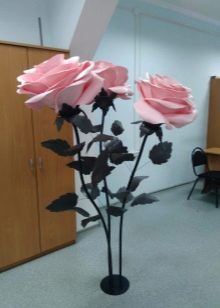
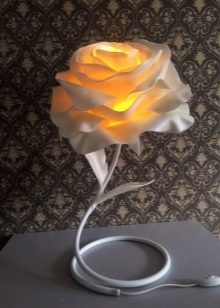
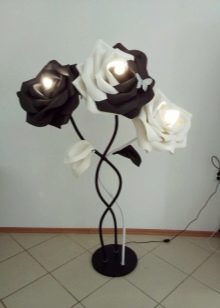
What is Isolon?
Izolon is an insulating material for construction work. Usually white or foil. Its thickness is different. Isolon 2 mm thick is perfect for luminaires. In size, the flower lamps are usually made in the form of large or medium bowls. But having shown imagination and ingenuity, you can come up with many variations, including with smaller flowers.
In height, such lamps range from table flowers, nightlights to floor lamps. According to the manufacturing method, there are flowers-plafonds and flowers-lamps. The former are assembled on a finished, usually spherical, shade, and the latter on a coupling, into which the base is then inserted.
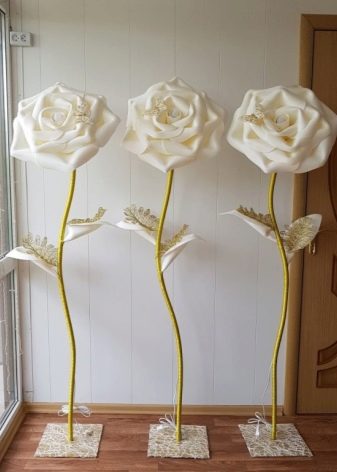
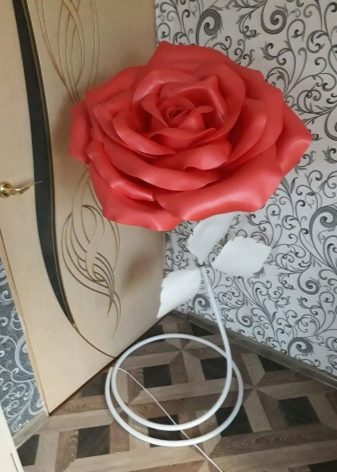
Materials and tools
For the plafond you will need:
- Isolon blanks 2 mm thick (dimensions: 20x20 - 12 pieces; 15x15 - 8 pieces; 20x5 - 5 pieces);
- coupling (the diameter of the wide side of the coupling must match the cartridge so that the cartridge fits into it, the diameter of the narrow side must match the diameter of the pipe so that the pipe can enter the coupling);
- for electricians:
- cartridge with a ring;
- wire 3 meters long;
- switch;
- LED lamp;
- fork.
For the base, you need a metapol pipe 1.5 meters long (for a table lamp). For a floor lamp, respectively, longer.
Instruments:
- screwdriver;
- glue gun;
- scissors;
- the hair dryer is construction.
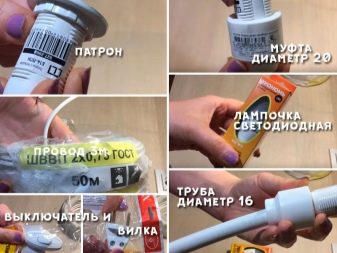

Step-by-step instruction
Plafond
We remove the ring from the cartridge and glue it to the sleeve. Cut out the petals from the isolone. For two 20x20 blanks, cut off two adjacent corners so that we get petals similar to chamomile, but very wide. For the rest of the 20x20 blanks and all 15x15 blanks, we cut off three corners so that they take the shape of a drop. Cut out drop-shaped elongated sepals with denticles from 20x5 rectangles. Heat the edges of all the drop-shaped petals in turn over the hair dryer, shaping with your fingers. Then, heating them from the back side, from the front side we draw with our fingers, creating hollows.
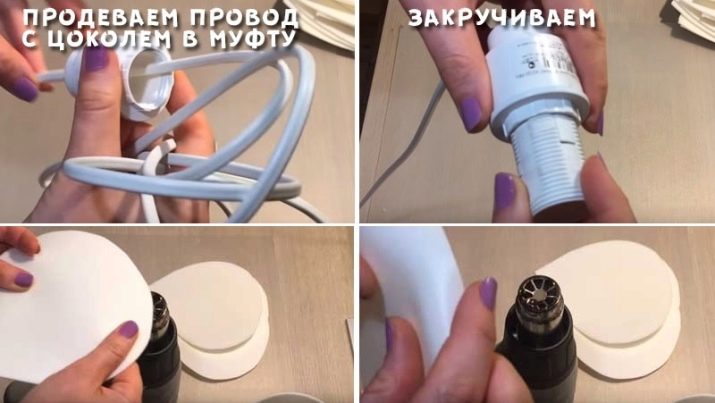
We start assembling the bud. On the sleeve we glue the first two ("chamomile") petals overlapping towards each other, tilting slightly outward. On top of them we attach 15x15 petals in two rows. Each subsequent petal should overlap the previous one by about half. Similarly, we fix both rows evenly. The next two rows are 20x20 blanks. We glue them.
When assembling, you need to make sure that the upper edges of the petals are flush with the first two.
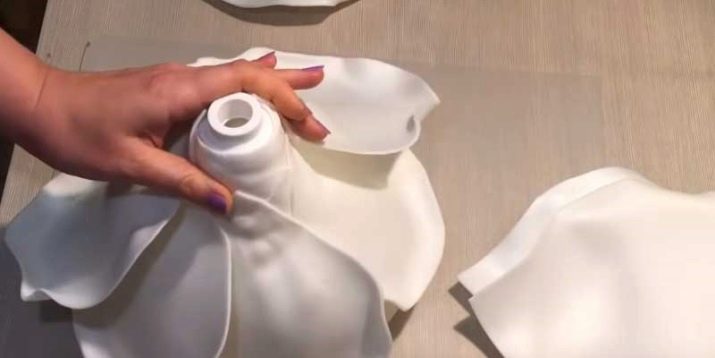
Stem
We twist part of the pipe with a ring so that we have a support. We bend the rest of the pipe figuratively. When shaping, it is necessary to take into account the center of gravity so that the product is stable and the plafond does not "overwhelm" it. We clean the ends of the wire, insert them into the holes of the cartridge and clamp them with screws with a screwdriver.
We pass the cord through the plafond sleeve and pass it through the stem. Pulling it out from the other end of the stem, we clean the ends. Having disassembled the plug with a screwdriver, fix the ends of the wire with screws and assemble the plug. The luminaire will be assembled and the switch can be connected. To do this, cut the wire in the right place and clean the ends. Next, we disassemble the switch, use a screwdriver to fix the ends in the terminals (on both sides) and assemble the switch.
We collect the product as follows. We tighten the electrical cord. We glue the coupling with a glue gun to the pipe. We frame the junction of the coupling and the pipe with sepals, covering the drips of glue. It remains to screw in the light bulb and check the lamp.

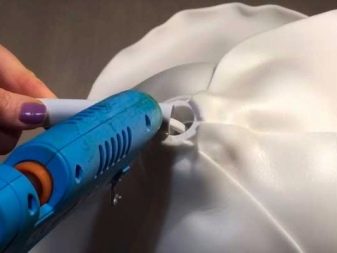
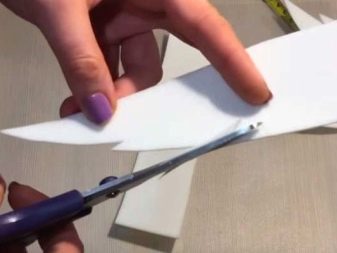
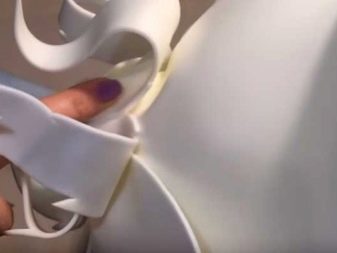
Varieties of designs
Above is a description of the manufacture of two types of lamps: bedside and floor lamp. It should be noted that this manual can be adapted for other designs as well. High floor and bedside lamps can be installed not only on a stand, but also in a flower pot. To do this, take a pipe along the height of the lamp, a piece of pipe along the radius of the pot bottom and a corner.
Next, connect them and make a hole in the wall of the pot at the very bottom along the diameter of the pipe. Insert the structure into the pot, so that the end of the short tube looks out of the hole. Pour the space of the pot with a heavy solution for stability, allow it to harden. Now you can lay the wiring.
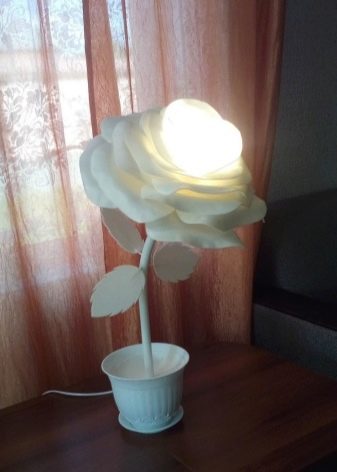
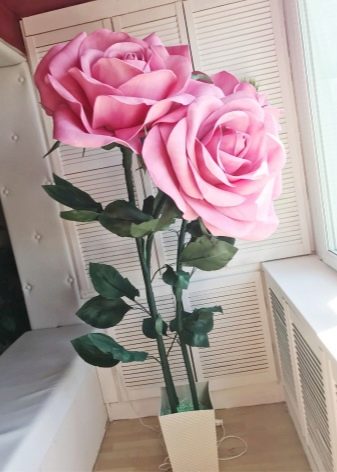
A wall lamp can be made by taking a shorter pipe and bending it more compactly. What shape to give - your imagination will tell you. One of the options - a round or square spiral, will turn out compact and original. After that, you need to insert a wire into the pipe. The finished lamp is hung on the wall by first screwing in a screw and drilling a hole in the tube. Not only isolon can serve as a material for the plafond. It can be made from corrugated paper and foamiran.
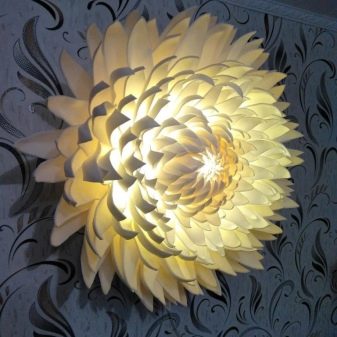
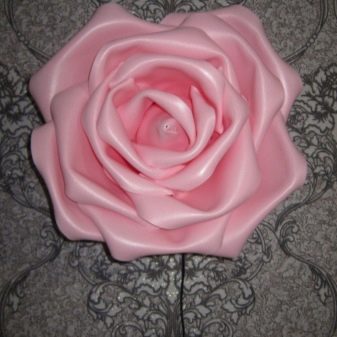
LED bulbs do not heat up, and this gives ample opportunities for creativity in using a variety of materials for glowing colors.
If desired, the stem can be decorated by wrapping it with a suitable colored adhesive tape. The leaves are cut out of foamiran and modeled with glue and a hair dryer (the procedure for applying glue along the vein lines gives a natural effect). Then they are glued onto a wire decorated with colored tape and inserted into the holes drilled in the pipe.
In addition to pink lamp-buds, you can make voluminous chrysanthemums, peonies, asters, dahlias, as well as poppies, chamomiles and much more.Since izolon does not abound in shades, you can paint the finished product to your taste with acrylic paints or spray, or decorate with an oriental bias. Many shapes of lamps and a wide selection of materials give room for imagination. Determine which of them will look best in your interior, stock up on materials, tools and create your masterpiece!
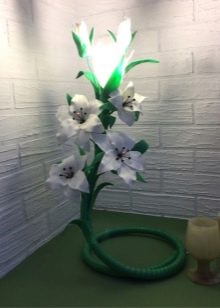
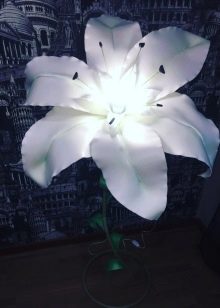
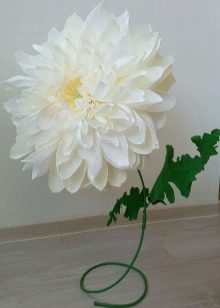
For a detailed master class on making a lamp from Izolon, see the following video.






